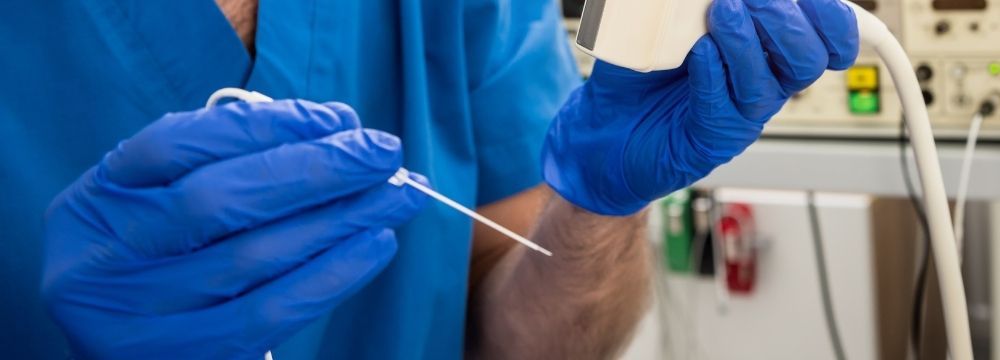The Difference Between RF and Cryo-Ablation
February 8, 2022
If you have been diagnosed with atrial fibrillation / Afib or any other tachycardia, you may have been told that cardiac catheter ablation may be the appropriate option for you. During your research, you may have found two strikingly similar ablation options to choose from. Dr. Banker performs both procedures – RF ablations using heat and cryoablations using cold to achieve the same goal of eliminating errant electrical heart signals.

Before we get into the similarities and differences of these two procedures, it is important to understand why you have been referred to Dr. Banker for an ablation. Even if your arrhythmia is relatively mild and doesn’t cause significant lifestyle issues, you are at a much greater risk of a stroke, heart attack, and long-term heart failure. Arrhythmias, especially Afib, the most common type, may increase the likelihood of blood pooling and clotting in the heart. If a clot breaks off and travels to the brain, it can cause a stroke. Cardiac catheter ablation is an excellent, effective, and safe minimally invasive procedure to identify the problematic electrical signals and destroy the heart tissue causing them. All of this, without the need for open-heart surgery, significant downtime, or large incisions.
Getting to the Point, Is There a Difference?
Radiofrequency ablation has been used to treat conditions in several medical specialties. In cardiology, we realized that using targeted heat to destroy malfunctioning heart tissue was straightforward and effective for arrhythmias. This novel and well-tolerated procedure remains the gold standard in managing arrhythmias that do not respond well to medication, including anticoagulants and antiarrhythmics.
As with any treatment or device, there’s always an industry-wide desire to improve safety and efficacy. Over the years, the visualization of the heart has improved, and new procedures have been developed.
One of the newer innovations in electrophysiology is cryoablation – the use of cold therapy. Much like RF therapy, a catheter is threaded into the heart, and the entire procedure is performed minimally invasively, with only a tiny incision at the groin. While the cryo and RF procedures are very similar, one significant difference is that cold therapy allows Dr. Banker to progressively cool the heart tissue and test whether the problematic electrical heart signal is decreased or eliminated. At this point, full cold therapy can be deployed to kill the heart tissue.
So, is one a better option over the other? The short answer is that in the hands of an experienced electrophysiologist, both RF and cryoablation are very effective, very safe, and have an excellent resolution rate in qualifying patients. Dr. Banker uses both technologies and believes each has a place in his practice. Patients interested in understanding more about cardiac catheter ablation can visit our page and speak to Dr. Banker in greater depth during consultation before the procedure.
In the end, we take a stepped, logical approach to the care of your arrhythmia, trying the least invasive options first and progressing from there. That said, the safety profile and the efficacy of cardiac catheter ablation are such that many patients decide to avoid the prospect of a lifetime of medication in favor of a curative procedure right away. In addition, these procedures do not preclude the use of other therapies in the future, including additional ablations if the patient does not see sufficient improvement after the initial treatment.


